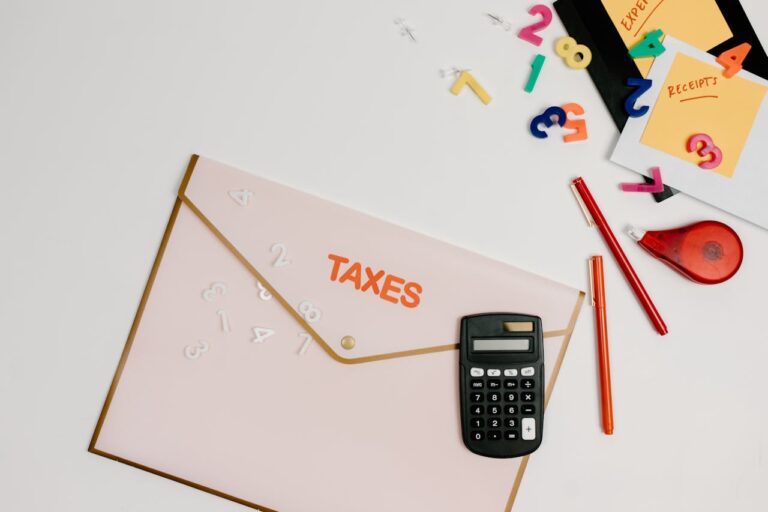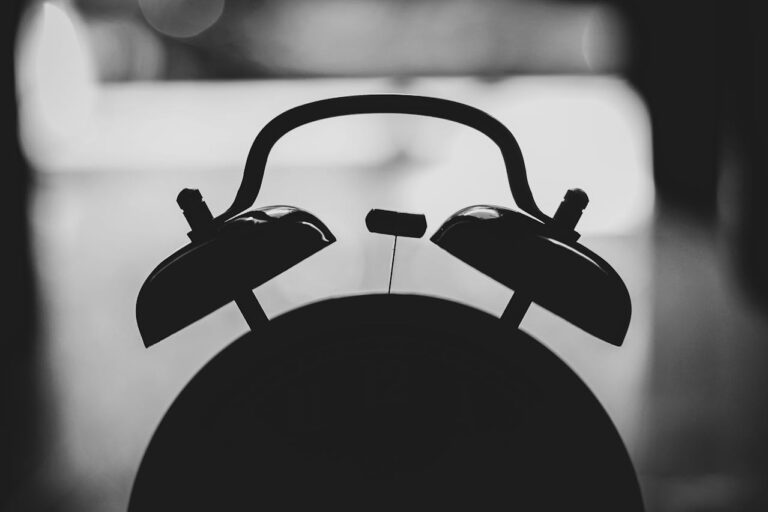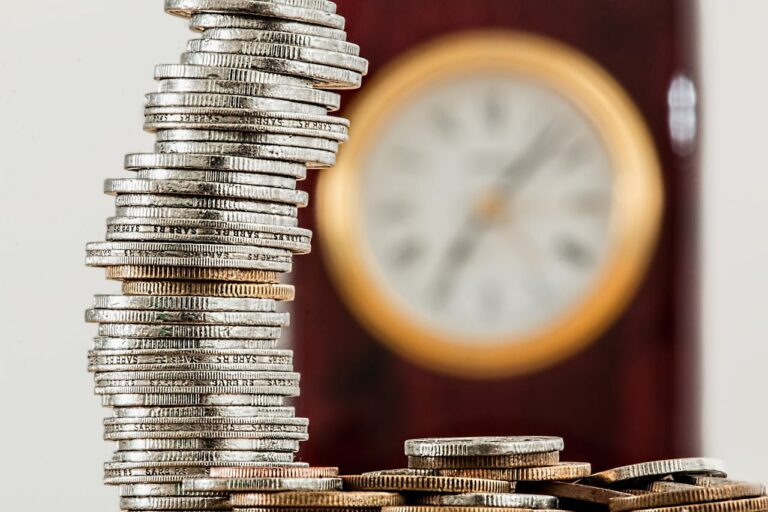Write Us: hello@ali5.org
Designing a Life Around Financial Freedom, Not a Paycheck
Learn how to design a life built around financial freedom instead of chasing paychecks. Explore mindset shifts, lifestyle design strategies, and real steps to gain control over your time and money.

Most people live for payday. The salary hits their account, bills get paid, maybe a little fun money gets spent, and then it’s back to counting days until the next one. Rinse and repeat. That cycle feels safe, but it also keeps you stuck.
Designing a life around financial freedom flips the script. Instead of surviving from paycheck to paycheck, you build a system where your money works for you, not the other way around. It’s not about getting rich overnight; it’s about setting up your life so you’re not financially dependent on a job to stay afloat.
Let’s break down how to build a life that’s led by purpose, not paychecks.
What Is Financial Freedom, Really?
Financial freedom isn’t just about having more money. It’s about having enough money and the systems in place to support the life you actually want. It means:
-
Not stressing over unexpected expenses
-
Saying no to toxic jobs or clients without fear
-
Having the time to do what matters to you
-
Choosing how you spend your days
Financial freedom gives you options. That’s the real luxury.
Why Chasing a Paycheck Is a Trap
Here’s the thing: even if your paycheck is big, if you rely on it completely, you’re still trapped. If you have no savings, no investments, and no other sources of income, you’re vulnerable.
Job loss? You panic.
Unexpected bills? You scramble.
Want to take a break? You can’t afford it.
Living paycheck to paycheck, even at a high income level, creates stress and limits your freedom. And that’s where most people get stuck. They increase their lifestyle as their income grows, bigger home, newer car, fancier vacations—but never actually build wealth.
This is lifestyle inflation, and it’s the enemy of financial freedom.
Step 1: Define Your Version of Freedom
Start here. Ask yourself: what does freedom actually look like to me?
For some people, it’s early retirement. For others, it’s working fewer hours, traveling often, or running their own business. The key is designing your life intentionally, not just reacting to whatever job pays the most.
Questions to consider:
-
What would I do if I didn’t have to worry about money?
-
How much money do I really need to live that life?
-
What’s currently standing in the way?
Once you define what you’re aiming for, you can start building a roadmap.
Step 2: Get Ruthlessly Clear on Your Numbers
You don’t need a finance degree to get control of your money—you just need clarity.
Start with a simple breakdown:
-
How much do you earn monthly?
-
What are your fixed and variable expenses?
-
How much are you saving or investing (if at all)?
-
What debts are you carrying?
Track everything for at least 30 days. You’ll be surprised how much leaks out through small, unnoticed habits, subscriptions you forgot about, daily takeout, and impulse buys.
Now, redirect that money toward your goals: savings, investing, paying off debt, or starting a side hustle.
Step 3: Build a Buffer (and Then Some)
Financial freedom doesn’t mean quitting your job tomorrow. It starts with building a buffer, an emergency fund with 3–6 months of living expenses.
This gives you breathing room. It means you won’t be forced into panic mode if something unexpected happens. It also buys you the power to make intentional choices, like switching careers, taking time off, or investing in yourself.
Even saving a little each week builds momentum. The goal isn’t perfection. It’s consistency.
Step 4: Create Multiple Income Streams
Relying on one job for all your income is risky. If that job disappears, so does your income. That’s why most financially independent people have multiple streams of income.
Ideas include:
-
Freelancing (writing, design, marketing, etc.)
-
Online courses or digital products
-
Affiliate marketing or content creation
-
Real estate rental income
-
Dividend-paying investments
-
Selling handmade or print-on-demand products
Start small. Pick one idea that interests you, and build it alongside your job. Over time, these side streams can grow into major income sources or replace your main one.
Step 5: Shift From Consumer to Creator
If you want financial freedom, you can’t keep spending like everyone else. You have to think differently.
Most people earn, spend, and repeat. People building wealth earn, save, invest, and create more ways to earn.
This means:
-
Creating valuable products or services
-
Learning skills that increase your earning power
-
Investing in assets (not just things that lose value)
Stop trying to look rich. Start trying to own things that build wealth.
Step 6: Invest Consistently
You don’t need to be a stock market expert. But you do need to invest.
Why? Because saving alone isn’t enough. Inflation will eat away at your cash. Investing helps your money grow faster than it would sitting in a bank account.
Start simple:
-
Use low-cost index funds or ETFs
-
Contribute to retirement accounts
-
Learn the basics of compound interest
The earlier you start, the more time your money has to grow, even if you’re only investing small amounts.
Step 7: Live Below Your Means, Always
This might be the most powerful step of all.
The bigger your gap between what you earn and what you spend, the more freedom you build. That extra money can go toward investing, saving, or buying your time back.
Here’s what helps:
-
Ignore trends. You don’t need every new gadget or designer brand.
-
Delay gratification. Save for what you really want.
-
Avoid lifestyle inflation. Just because you earn more doesn’t mean you have to spend more.
Financial freedom is built on simplicity, not extravagance.
Final Thoughts: Freedom Comes From Intentional Design
Financial freedom isn’t some pipe dream. It’s not reserved for millionaires or finance bros. It’s available to anyone who’s willing to plan, act, and stay consistent.
It’s about asking: What kind of life do I want? And how can my money support that life instead of me always working just to survive?
You get to design your life. You get to choose your version of freedom. But you can’t wait for it. You have to build it one step, one choice, one smart decision at a time.







